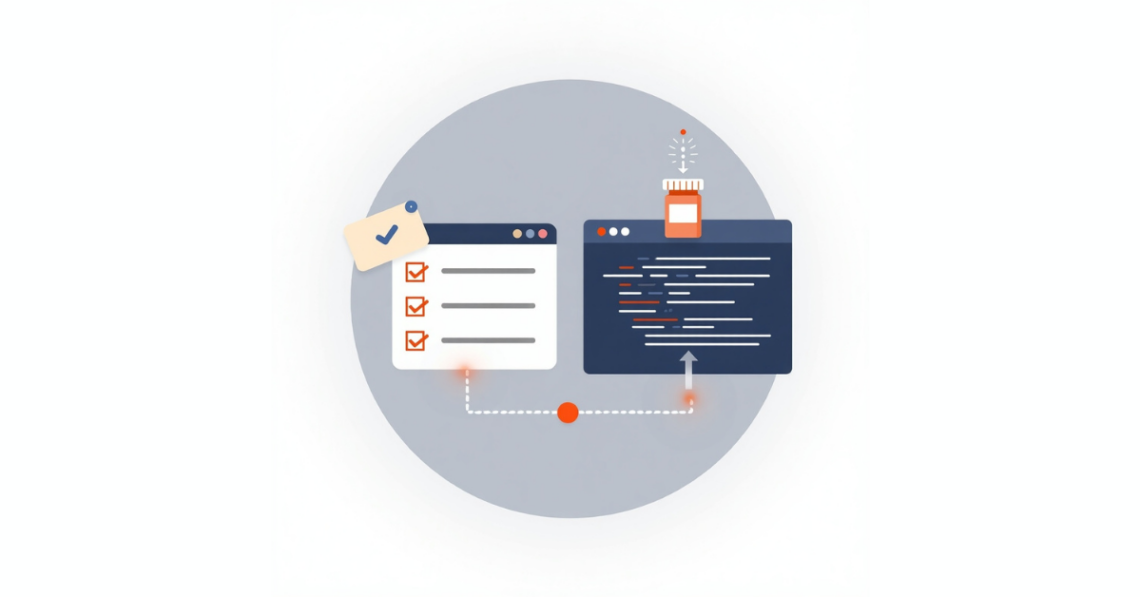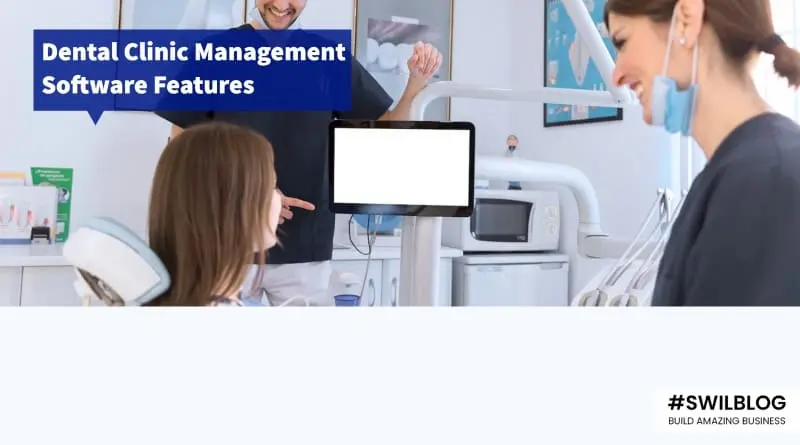Controlled substances, including Schedule H1 drugs, are pharmaceuticals regulated under strict guidelines due to their potential for misuse and abuse. Managing these drugs requires pharmacies and healthcare providers to comply with stringent legal frameworks, such as the Narcotic Drugs and Psychotropic Substances Act in India. Failure to adhere to these regulations can result in severe penalties, license cancellations, or reputational damage. Leveraging specialized software ensures meticulous tracking, effective inventory control, and seamless documentation, helping organizations manage these drugs responsibly and securely.
Regulatory Compliance Requirements
Managing controlled substances is heavily regulated by government authorities to prevent misuse. Compliance requirements typically include:
- Digital Record-Keeping Mandates: Pharmacies must maintain detailed digital records of procurement, stock levels, and dispensation of Schedule H1 drugs.
- Audit Trail Requirements: Systems must maintain a comprehensive and unalterable record of all activities, including inventory movements, dispensing history, and stock adjustments. This allows authorities to verify compliance during inspections.
- Timely Reporting Obligations: Pharmacies must report their inventory periodically and dispense data to regulatory bodies, ensuring transparency and accountability.
Failure to meet these requirements can lead to regulatory actions, including fines, suspension of operations, or legal proceedings. Using software with built-in compliance tools simplifies adherence and minimizes risks.
Critical Software Features
Certain features are essential to ensure operational success and regulatory compliance when selecting a software system to manage controlled substances. These include:
- Restricted Access Controls: Only authorized personnel should access sensitive data, ensuring that records and inventories remain secure.
- User Authentication Systems: Multi-layer authentication, such as biometric verification or two-factor authentication, ensures that only verified users can perform critical actions.
- Digital Prescription Tracking: The system should verify prescriptions for controlled substances to ensure authenticity and avoid unauthorized dispensing.
- Automated Documentation: Routine processes, such as logging inventory changes or generating compliance reports, should be automated to reduce human error.
- Real-Time Inventory Updates: Instant updates to inventory records ensure that discrepancies are identified and resolved promptly.
- Alert Systems for Discrepancies: Notifications should flag anomalies, such as unexpected stock depletion or mismatched records, allowing staff to take corrective actions immediately.
These features are crucial for maintaining the integrity of operations and ensuring that controlled substances are handled responsibly.
Inventory Management
Proper inventory management is the cornerstone of controlled substance handling. Here are the ways specialized software aids in this area:
- Tracking Stock Levels: Real-time tracking helps prevent overstocking, which can increase the risk of misuse or understocking, which can disrupt patient care.
- Managing Purchase Orders: Automated systems ensure that procurement complies with regulated limits and avoids unnecessary purchases.
- Monitoring Expiry Dates: Expired medications can be hazardous and non-compliant. Automated alerts for upcoming expirations ensure timely removal of such drugs from inventory.
- Batch Number Tracking: The ability to trace drugs by batch numbers supports quality control and helps isolate issues in case of recalls.
- Storage Location Mapping: Proper storage of controlled substances is essential. Software should include tools to assign specific storage locations that meet regulatory standards for temperature and security.
- Documentation of Wastage: Accurate recording of damaged or expired stock ensures compliance and avoids legal complications.
Documentation & Record-Keeping
Maintaining thorough documentation is critical for operational transparency and regulatory compliance. Software systems must support:
- Digital Prescription Archives: Keeping an easily accessible digital archive of prescriptions ensures quick retrieval during audits or inspections.
- Dispensing Logs: Every action involving the dispensing of controlled substances must be recorded, including the name of the patient, prescriber, and staff member involved.
- Patient History Maintenance: Maintaining a detailed record of patients who receive controlled substances helps identify potential misuse and ensures that dosages align with prescribed treatments.
- Prescriber Verification: Validating the credentials of prescribing professionals prevents fraudulent activities.
- Transaction Records: Every movement of stock, from procurement to dispensing and eventual disposal, must be meticulously logged.
- Returns and Disposal Records: Proper documentation of drugs returned by patients or those disposed of due to damage or expiry ensures accountability.
Comprehensive record-keeping protects pharmacies from legal and operational risks while building trust with regulatory bodies.
Security Measures
Given the high risk associated with narcotics and Schedule H1 drugs, robust security measures are indispensable. Effective software incorporates:
- Multi-Factor Authentication: Strengthens access control by requiring multiple layers of verification.
- Role-Based Access Control: Limits access based on job roles, ensuring that only authorized personnel can perform sensitive tasks.
- Activity Logs: Every user action is recorded, creating a transparent and auditable trail.
- Data encryption: Protects sensitive information from breaches, ensuring patient confidentiality and compliance.
- Backup Systems: Regular backups prevent data loss due to system failures or cyberattacks.
- Intrusion Detection Systems: Advanced systems can identify and block unauthorized access attempts in real time.
By implementing these measures, businesses can significantly reduce risks and ensure that sensitive information is adequately protected.
Reports & Analytics
Analytics and reporting tools are invaluable for identifying trends and ensuring compliance. Some of the most useful reports include:
- Consumption Trends: Tracking how controlled substances are used helps identify irregularities or potential misuse.
- Variance Reports: Highlighting differences between recorded inventory and actual stock helps pinpoint discrepancies.
- Audit Preparedness Reports: Summarized documentation ensures that pharmacies are always ready for regulatory inspections.
- Compliance Reporting: Automatic generation of reports required by authorities saves time and ensures timely submissions.
- Stock Movement Analysis: Monitoring the flow of stock improves operational oversight and planning.
- Prescriber Behavior Analysis: Identifying prescribing patterns helps detect unusual trends that may indicate misuse or over-prescription.
These insights enable proactive decision-making and strengthen overall accountability.
Risk Management
Managing narcotics and Schedule H1 drugs involves significant risks, including theft, errors, and regulatory violations. A robust software system helps mitigate these risks by:
- Preventing Theft: Restricted access and real-time monitoring reduce opportunities for unauthorized handling.
- Reducing Errors: Automated checks ensure that drugs are dispensed accurately and in accordance with prescriptions.
- Controlling Diversion: Detailed tracking of inventory prevents the diversion of controlled substances for unauthorized purposes.
- Alerting for Irregularities: Instant notifications of discrepancies enable quick corrective actions.
- Investigative Support: Detailed logs and reports provide the necessary data for thorough investigations into suspected misuse or errors.
Proactive risk management safeguards the organization’s reputation and ensures compliance.
Staff Training & Compliance
The effectiveness of a software system depends on the user’s ability to operate it correctly. Training and compliance measures include:
- Comprehensive User Training: Staff must understand both the technical aspects of the software and the legal implications of handling controlled substances.
- Standard Operating Procedures (SOPs): Clear guidelines for using the software ensure consistency and compliance.
- Ongoing Compliance Reviews: Regular audits and reviews ensure that the software and processes remain aligned with regulatory changes.
- Regular Feature Updates: Staff should be kept informed about new system features or changes to existing functionalities.
- Documentation Practices: Emphasizing the importance of accurate and timely data entry minimizes errors and ensures compliance.
Effective training builds confidence in the system and helps maintain high standards of compliance.
Benefits
Implementing specialized software for managing controlled substances offers numerous advantages:
- Regulatory Compliance: Automated features simplify adherence to legal requirements and reduce the risk of penalties.
- Risk Mitigation: Preventing theft, misuse, and errors protects the organization from financial and reputational damage.
- Operational Accuracy: Real-time tracking and automated checks ensure precise inventory management.
- Cost Control: Avoiding stock discrepancies and minimizing wastage reduces financial losses.
- Enhanced Patient Care: Proper monitoring and documentation ensure that patients receive the correct medications.
- Audit Readiness: Comprehensive records and reports make audits less stressful and more efficient.
These benefits demonstrate the value of investing in a specialized system for managing narcotics and Schedule H1 drugs.
Implementation Best Practices
To maximize the benefits of the software, follow these best practices:
- Selecting the Right System: Choose a software solution that aligns with your operational needs and complies with local regulations.
- Data Migration: Ensure that existing records are accurately transferred to the new system to avoid data loss or inconsistencies.
- Customizing Features: Tailor the system to meet specific requirements, such as unique reporting needs or user access controls.
- Conducting Training Sessions: Provide hands-on training to familiarize staff with the system’s functionalities.
- Monitoring Performance: Regularly evaluate the system’s effectiveness and address any gaps or inefficiencies.
- Updating Processes: Periodically review and update SOPs to reflect changes in regulations or operational practices.
A well-planned implementation ensures a smooth transition and maximizes the system’s value.
Conclusion
Proper management of narcotics and Schedule H1 drugs is a legal and ethical responsibility for healthcare providers and pharmacies. Implementing specialized software not only simplifies compliance but also enhances operational security reduces risks, and improves patient care. By investing in the right tools and training, organizations can navigate the complexities of handling controlled substances while maintaining high standards of accountability and efficiency. As regulations evolve, staying proactive with updated systems and processes is crucial to ensuring long-term success.









